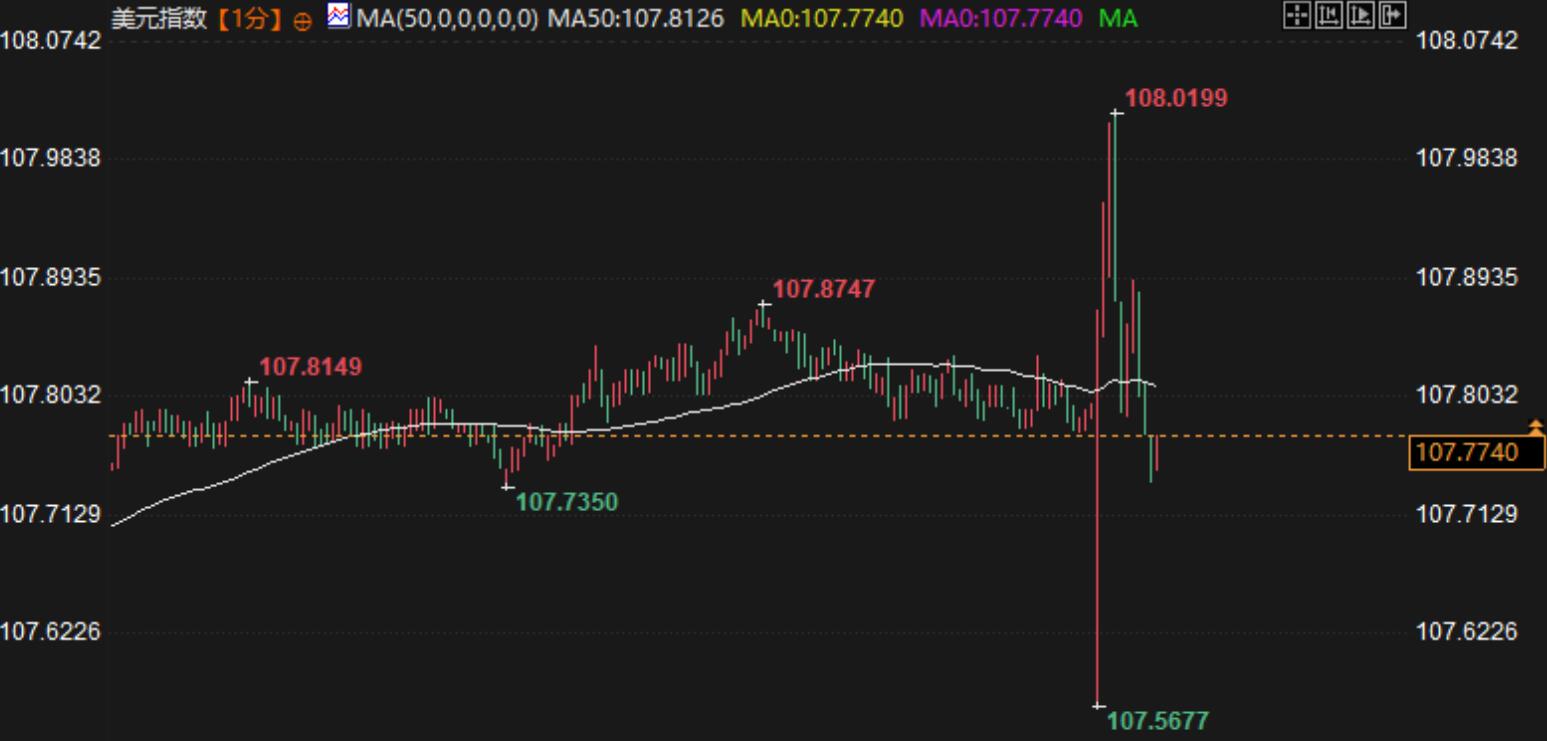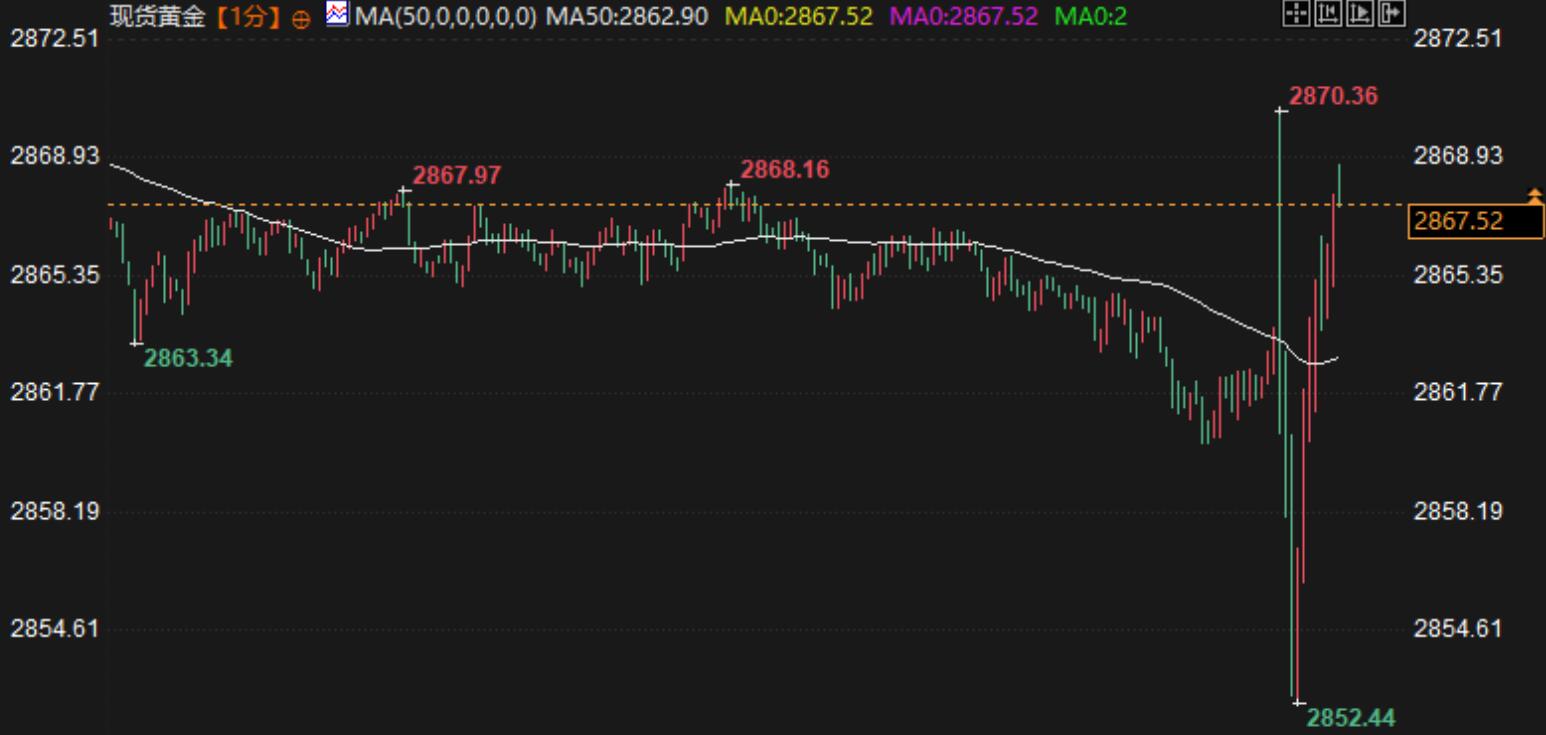Non farm signals are complex! The US dollar rose sharply by 50 points before falling back, and gold experienced a deep V reversal
Yesterday Friday (February 7th), non farm payroll was weak but the unemployment rate and wages were unexpectedly strong, with 143000 new jobs added, lower than the market expectation of 170000. The unemployment rate is 4.0%, expected to be 4.1%, and the annual salary growth rate is 4.1%, expected to be 3.8%. The market's expectations for the future path of interest rate hikes by the Federal Reserve have decreased. The average hourly wage rate for non farm payroll data exceeded everyone's expectations at 0.5%, while the survey median was 0.3%. Among the 62 people surveyed, the highest prediction was 0.4%.
The number of new non farm jobs added in November was revised upward from 212000 to 261000, up from 49000; The number of new non farm jobs added in December was revised upward from 256000 to 307000. After the revision, the total number of new jobs added in November and December was 100000 higher than before the revision. Employment growth occurs in the fields of healthcare, retail trade, and social assistance. The employment in the mining, quarrying, oil and gas extraction industries has decreased, and after considering the annual adjustment of population control, the unemployment rate slightly decreased to 4.0% in January. The total number of unemployed people is 6.8 million. The recruitment speed slowed down in January due to wildfires and blizzards suppressing the development of some industries, while the Federal Reserve hinted at suspending the interest rate cut process, which has brought unfavorable factors to economic growth.
Real time market response
With the release of data, the US dollar index surged 50 points, breaking the intraday high, and then fell back 107.8929.

After the gold price surged by $7, bears increased their short positions. Gold rose $7 to 2870 in that minute but quickly fell $18 to 2852. Spot silver fell sharply, then rebounded and gave up the decline, now trading at $32.229 per ounce, up 0.11% for the day.

After the employment data was released, the yield of US 10-year treasury bond bonds rose to 4.473% in volatile trading.
In terms of foreign exchange, after the release of the US non farm payroll data in January, the euro fell sharply against the US dollar, hitting a three day low, but then rebounded and gave up the decline, now reporting 1.0375, a 0.07% intraday decline
The impact on the path of interest rate cuts by the Federal Reserve
After the data was released, the market's expectations for further interest rate cuts by the Federal Reserve significantly increased. The slowdown in employment growth and wage growth suggests that the weakness in the labor market may continue. Analysts generally believe that if the employment growth in February continues to be sluggish, the Federal Reserve may further relax monetary policy in future interest rate meetings to stimulate economic recovery.
Renowned institutional economists believe that the weak non farm payroll data in January will further increase market expectations for the Federal Reserve to cut interest rates in May. Specifically, as the growth momentum of the US economy weakens, the Federal Reserve may further lower interest rates in the coming months to support economic growth and ensure job market stability. In this context, further decline of the US dollar is possible, especially with the continued impact of global trade uncertainty and the Russia Ukraine situation, where risk aversion will continue to dominate the market.
Technical analysis
From a technical perspective, the US dollar index is currently facing strong support and pressure ranges, with 107.50 being the key support level in the near future. If it falls below this level, the market may further test the 106.70 area. The risk aversion sentiment is expected to drive gold to continue its upward trend, with a target range of $2890-2900. From the perspective of US bond yield, we should pay attention to whether the 10-year treasury bond bond yield will fall below the key support level of 4.40%. If it falls below this level, it will further promote the market's expectation of the US economic recession.
Future Trends and Prospects
Looking ahead, the unexpected non farm payroll report may trigger expectations of further monetary policy easing by the Federal Reserve. With the increasing uncertainty in the global economy, the US dollar may continue to be under pressure, especially against the backdrop of rising expectations of interest rate cuts by the Federal Reserve. Gold, as a safe haven asset, is expected to continue to benefit from the increasing demand from investors, with prices expected to surpass $2900. The US Treasury market will also benefit from the inflow of safe haven funds, and yields may continue to decline.
Overall, the US dollar may continue to decline in the short term, while gold and US Treasury bonds may have an opportunity to rise. The market needs to pay attention to the next policy changes of the Federal Reserve, as well as the evolution of the global economy and geopolitics.
Tips:This page came from Internet, which is not standing for FXCUE opinions of this website.
Statement:Contact us if the content violates the law or your rights
